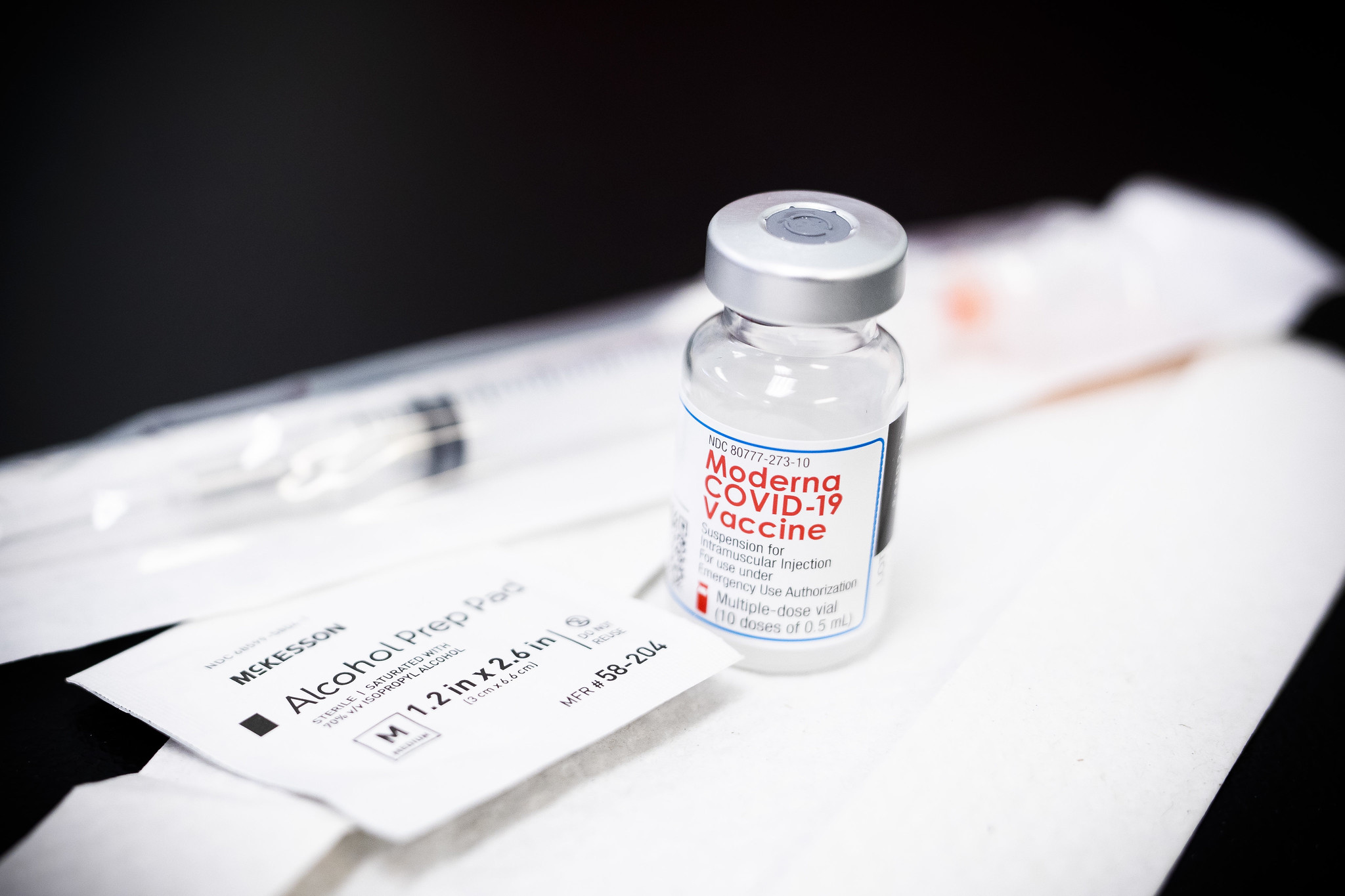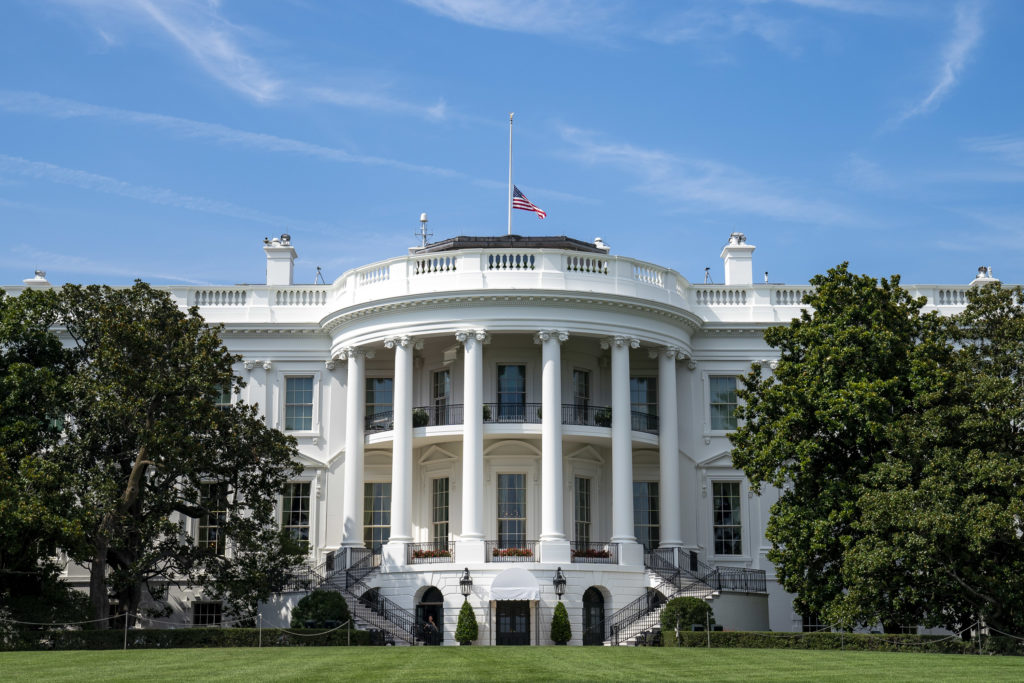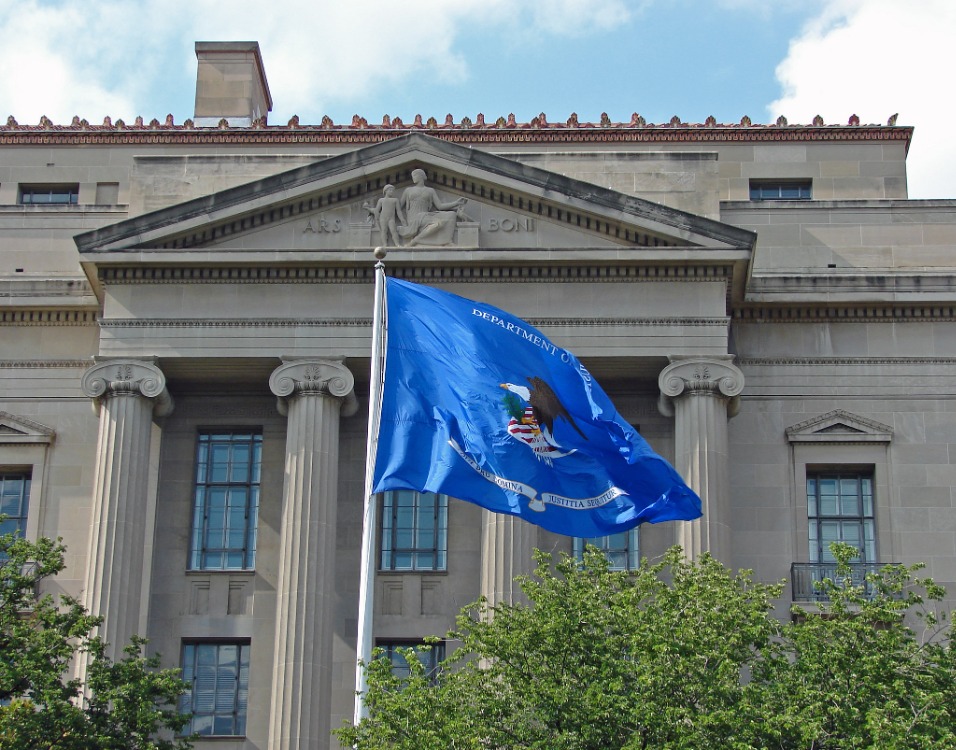What the Supreme Court’s Rejection of the Employer Vaccinate-or-Test Rule Means for Biden’s Agenda
With this opinion, the court signals its willingness to scrutinize an agency’s statutory authority, even in the face of a plausible, plain reading of the statute that supports the agency’s response to the impact a deadly pandemic is having on people at work.

Published by The Lawfare Institute
in Cooperation With

The Biden administration’s pandemic response strategy suffered a setback on Jan. 13. The Supreme Court handed down a rushed decision that stayed a workplace safety rule issued by the Occupational Safety and Health Administration (OSHA) in November 2021. For the short time that it was in effect, the vaccinate-or-test rule required employers with 100 or more employees to ensure their employees were either vaccinated against the coronavirus or regularly tested and masked at work. This rule, which applied to large employers in the United States, was one part of a multipronged strategy to address the ongoing pandemic, which the administration has framed as both a public health crisis and a national security threat.
The rule now goes back to the U.S. Court of Appeals for the Sixth Circuit, which will consider the case while the rule is stayed. Although the case was before the Supreme Court only on the procedural issue of whether the rule should be stayed, the court’s opinion delved into one of the core issues in the case: the question of authority. Inquiries about the extent of an agency’s authority are not new, but the court’s opinion suggests its increased skepticism about the breadth of agency authority. While views range considerably about whether this particular OSHA rule was within the bounds of the statute, the administration is on notice that the court may decline to go along even when there is a credible argument that the statute supports the agency’s action.
As I explained previously, in this particular case, OSHA issued its rule as an emergency temporary standard (ETS). The ETS allows OSHA to bypass certain otherwise mandatory administrative procedures, including a public comment period, which serve important ends but would have slowed down the rule’s applicability. Under the authorizing statute, OSHA may issue:
an emergency temporary standard to take immediate effect upon publication in the Federal Register if [OSHA] determines (A) that employees are exposed to grave danger from exposure to substances or agents determined to be toxic or physically harmful or from new hazards, and (B) that such emergency standard is necessary to protect employees from such danger.
Even before OSHA released the ETS, its ability to meet the ETS standard was heavily debated. Commentators focused on different aspects of this standard, such as the “grave danger” or “necessary to protect” provisions. Those issues were also discussed extensively at the Supreme Court’s oral argument. It seemed likely that, if the court was going to explore the merits of the case, it would wade into these weeds.
But in the end, the Supreme Court’s opinion did not reach the particulars of the emergency standard. Instead, the rule ran aground on the O in OSHA: “occupational.” The court wrote that OSHA lacked the authority to regulate “hazards of daily life” like coronavirus exposure. Rather, it said that OSHA could regulate only distinctly “occupational” hazards such as those faced by researchers studying the virus, or people in especially cramped working conditions. But in their dissenting opinion, Justices Stephen Breyer, Elena Kagan and Sonia Sotomayor had no trouble conceiving of the OSHA rule as an appropriate workplace measure, remarking on how the “menace” of the virus has “transformed” workplaces. They also commented on the wisdom of deferring to agency expertise, as opposed to judicial views, on the matter of how to keep workers safe.
While there is much to say about what the court’s opinion means for OSHA’s statutory authority in particular and its options for future pandemic response, there is even more at stake. With this opinion, the court signals its willingness to scrutinize an agency’s statutory authority, even in the face of a plausible, plain reading of the statute that supports the agency’s response to the impact a deadly pandemic is having on people at work.
Questions of authority have always been important in reviewing presidential actions. This is particularly true in the context of a national security emergency—though, more often, those questions focus on the scope of the president’s authority as commander in chief. But questions of authority are also commonly contested in the context of agencies. The court’s role in overseeing questions of authority in administrative law is in an uneasy phase, as long-running battles about the limits on what Congress may permissibly delegate, the fate of Chevron and other forms of deference, and more manifest themselves before a Supreme Court with several new members with conservative perspectives on how to interpret the law.
The administration’s actions in response to the pandemic sit at the nexus of both national security and regulatory authority. The court, like OSHA, focused on the rule as an exercise of the agency’s regulatory power; this follows given OSHA’s statute. If the national security aspects of the rule were in the foreground, would this shift anything in the court’s willingness to give more leeway to OSHA? Perhaps not, but it’s hard to know. Instead, while it cites almost no case law, the court’s opinion reads more like an administrative law case than one considering the president’s assertion of his authorities in the context of a national security emergency.
In an era when agency statutes are several decades old, it’s not necessarily unreasonable for presidents and agencies to try to make do with the authorities at their disposal. After all, there are often new problems that older statutes might not have anticipated. The question is what to do in the face of ambiguity. Should presidents go back to statutes that might have been written several decades ago, in the context of different policy issues, and consider how they apply to agency actions in the present day, or should they await new instructions from Congress? Should any of that change in the context of an emergency? The Occupational Safety and Health Act, for example, is from 1970. The idea that part of the president’s job is to root around in his bag of authorities to see what might be helpful to address a pressing situation will trouble you more or less depending on what you think the Constitution says about the president’s job and that of Congress.
The court did not care for it. Instead, it seemed concerned that the OSHA rule was one part of an overarching plan to increase overall vaccination rates, rather than an effort to make workplaces safer. This accords with commentators’ earlier warnings that framing agency interventions in terms of broader public health benefits, rather than grounding them more firmly in the agency’s particular authorities, would undermine the legal basis for the interventions. It also echoes the court’s 2019 opinion in Department of Commerce v. New York about agency authority in a completely different context: whether the census could include a question about immigration status. There, a different configuration of justices writing for the court blocked the agency’s action on the rationale that the government’s written explanation for its action was merely pretextual.
The Jan. 13 opinion suggests that a majority of the Supreme Court will be very exacting in its analysis of agency actions, with a narrow conception of statutory authority. This may have significant implications for many other aspects of the Biden administration’s ambitious policy agenda. In particular, the administration refers frequently to its “whole-of-government” approach on certain issues—a term that describes a broad set of activities to address a complex social problem or goal that spans multiple agencies’ jurisdictions. The response to the climate crisis and racial and other equity initiatives are just two examples. To the extent that the administration, like many before it, is trying to cobble together authorities to serve the president’s own goals, rather than hewing narrowly within well-established existing statutory boundaries, it may again find itself blocked by this court. So, the administration has been warned.
Although this case might seem like a huge blow to the Biden administration, the rule was not for naught. Even before the rule was issued, the president’s announcement of the rule likely encouraged people to get vaccinated. Also, being stymied by the court can sometimes be good politics for a president, particularly when the underlying action has some public support. And, being blocked by the court also offers a way out of having to enforce the rule in areas of the country where it was less welcome. Given that any use of OSHA’s authority was going to end up in court, the administration’s choices may have helped get more people vaccinated along the way—which was the ultimate policy goal in the first place. But the court has given a clear signal in this case about how it will treat assertions of agency authority, and as the administration works its way through its agenda, it should consider whether similar trade-offs are going to be acceptable.





